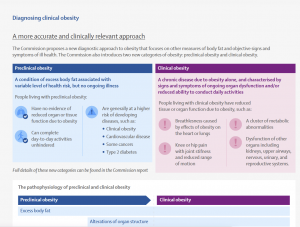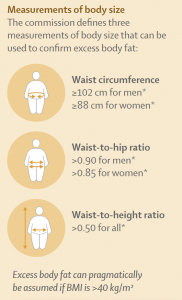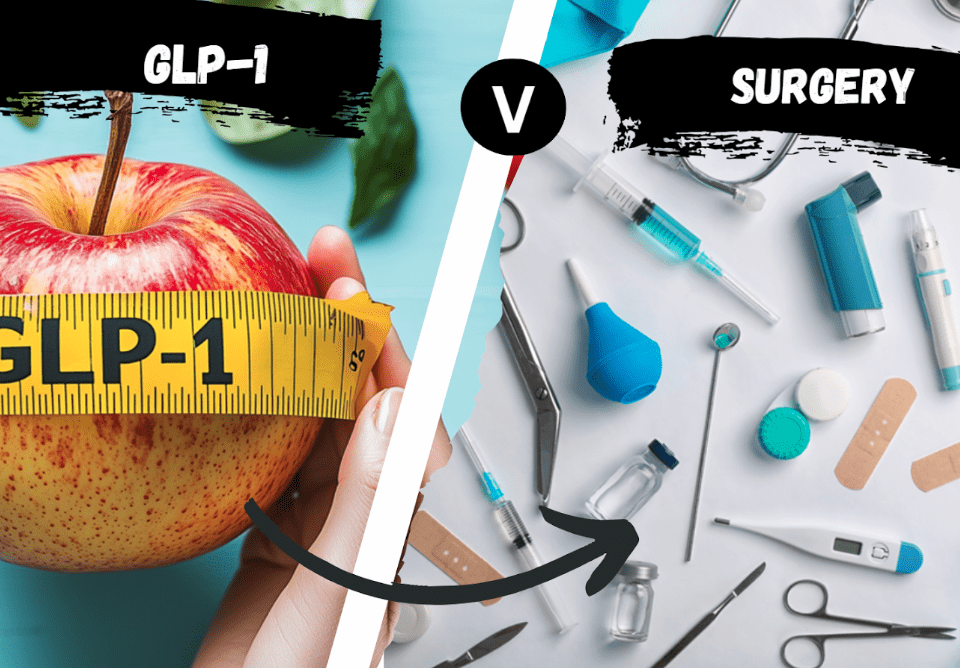
In decades past, Body Mass Index (BMI) has been the go-to tool for patients and doctors to gauge whether someone is underweight, normal weight, overweight or obese, says Mr Jason Winnett, Melbourne bariatric surgeon.
‘This tool was devised by a mathematician in the 1830s, who was not a doctor per se. And while the BMI may have been useful for those in charge of population-wide research, it is not always up to the task for individual doctors and patients looking to measure weight accurately.’
In a landmark decision in 2025, the Lancet Diabetes & Endocrinology Commission recommended that we should no longer rely on BMI alone, encouraging the use of additional measures to provide a more accurate clinical picture of ‘pre-clinical obesity’ and ‘clinical obesity’ – commonly understood as overweight and obesity.
So, what is BRI?
The Body Roundness Index (BRI) is a relatively new metric that uses extra data beyond BMI to ascertain where an individual falls on the weight scale.
It’s designed to estimate body fat percentage and visceral fat (the fat around internal organs) by using waist circumference and height. Unlike BMI, which only factors in weight and height, BRI captures body shape and fat distribution, making it a more precise predictor of obesity-related health risks.
‘This is a big change,’ says Mr Winnett, ‘because we were all taught in medical school that a BMI of below 18.5 may mean underweight, between 18.5 and 24.9 is normal, and above 30.0 is obese. But this measurement is not always accurate for certain cohorts.
‘Take John Anthony Eales, a highly successful captain in Australian rugby history. He had a BMI of 29.75, which was close to the obese range (>30), yet he was not overweight and had a lot of muscle mass, which weighs more than fat.’
Mr Winnett says that for young women with eating disorders, the pressure to be a certain weight also potentially creates enormous psychological stress in weight-vulnerable individuals. ‘Certain racial groups also have a different fat composition and fat distribution, which means they may also be classified wrongly as being overweight or obese using BMI only.’
What are the new guidelines for defining obesity?
Mr Winnett says, ‘If you have gained a lot of weight and now have knee pain when you walk, have trouble breathing during simple activities, or have been diagnosed with high blood pressure, these are all signs that body fat is affecting your health – this is clinical obesity.
‘The milder condition is pre-clinical obesity, where you have no health problems now, but, due to excess weight, are at a higher risk of developing conditions such as diabetes or heart disease in the future.’

Image source: The Lancet Diabetes and Endocrinology Commission
What’s the best way to measure at home?
- Waist measurement1: Measuring the waist circumference can help screen for health risks associated with obesity. To measure your waist circumference properly, stand up, exhale (don’t cheat!), relax your abdomen, place the measuring tape around your waist (just above your hip bones), and measure your waist circumference as it naturally is.
- Waist-to-hip ratio2: Waist-to-hip ratio is the circumference of your waist divided by the circumference at your hips. According to this Harvard article, ‘waist circumference is measured at the smallest natural waistline (usually near the belly button) and hip circumference at the widest part of the hips.’ Waist-to-hip ratio is important because hip fat is less dangerous than belly fat stored around the stomach, which increases disease risk and prevents the organs from doing their job.
- Waist-to-height ratio3: This is calculated by dividing your waist circumference by your height. A healthy waist-to-height ratio is generally considered to be below .5, meaning your waist should be less than half your height. Waist-to-height is important because taller people can generally carry more weight proportionally.

Source: The Lancet Diabetes and Endocrinology Commission
Think you might fit the criteria for pre-clinical or clinical obesity?
Obesity is linked to comorbidities4 such as diabetes, sleep apnoea, kidney disease, joint pain, asthma and heart disease. In these cases, you may need intervention, such as bariatric surgery, medication, or other help. If you’d like to learn more about how we can help, you can schedule an appointment or call us at (03) 9417 1555.
Incorporating the Body Roundness Index into how we define and assess obesity marks a significant step forward in creating more accurate, inclusive, and personalised healthcare. BRI allows for a better understanding of body fat distribution and its impact on health.
While BMI and BRI provide useful data, they don’t tell the whole story. ‘What we’re focused on is people’s improvement in their health and well-being,’ Mr Winnett says. ‘The number itself on the scales is nowhere near as important as the improvement in your health.’

Mr Jason Winnett
Laparoscopic and Bariatric Surgeon
P (03) 9417 1555 admin@winnettspecialistgroup.com.au
www.winnettspecialistgroup.com.au
Queens Terrace, 382 Victoria Parade, East Melbourne 3002
References:
1https://www.nhlbi.nih.gov/health/educational/lose_wt/risk.htm
3https://www.ccm.health.qld.gov.au/adult-health-checks/body-measurements-adult
4https://www.thelancet.com/infographics-do/clinical-obesity-25
Additional Sources:
https://www.abc.net.au/news/2022-01-02/the-problem-with-the-body-mass-index-bmi/100728416



